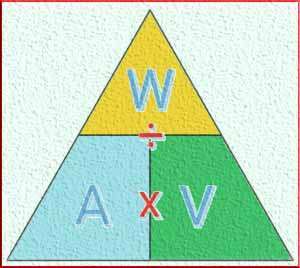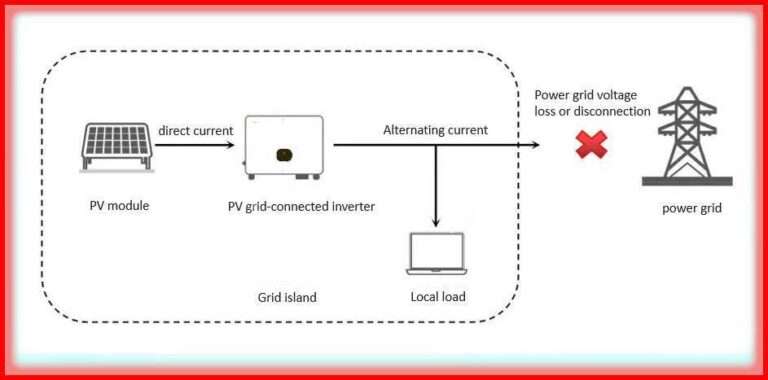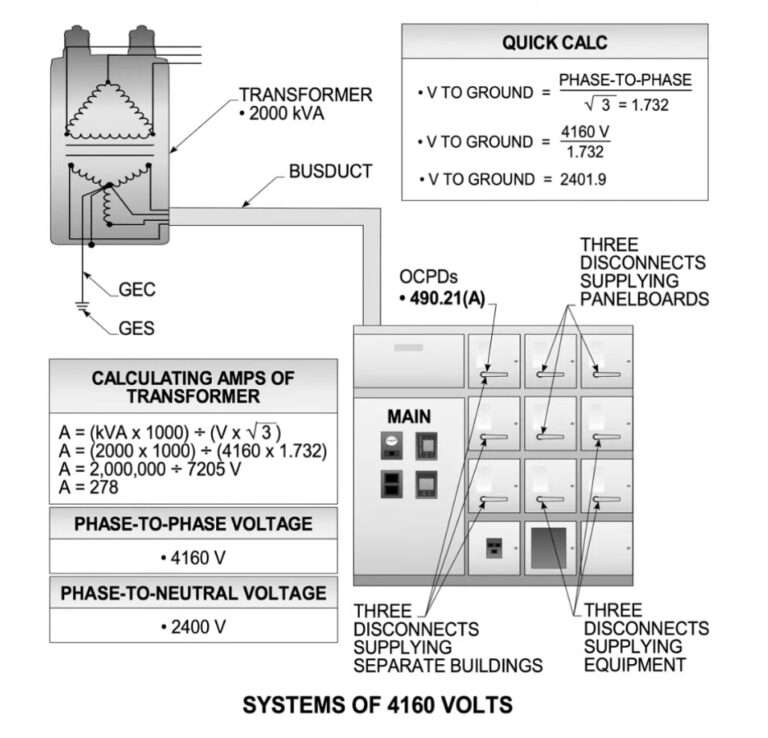Earthing Conductor Size for TT Installation
Understanding the earthing conductor size for TT installation is essential for ensuring safety and system integrity. In a TT system, the exposed conductive parts of the installation are connected to a local earth electrode. The neutral of the supply is also earthed but remains separate. This type of earthing system is common in residential installations and rural areas where the utility provides no earth connection.
Choosing the correct earthing conductor size for TT installation protects people, equipment, and property from electric shocks and fire risks. It also ensures compliance with relevant standards, including the instrument earthing IEC standard. The sizing of the earthing conductor depends on multiple factors like fault current, disconnection time, conductor material, and installation method.
What is a TT Installation?
In a TT system, the supply system’s earth and the consumer’s earth are independent. TT stands for “Terra-Terra,” meaning both points are connected to the ground but through separate electrodes. The earthing conductor carries fault currents to the earth during insulation failure. This helps the protective devices disconnect the power supply quickly and safely.
The earthing conductor size for TT installation must be capable of withstanding the fault current until the protection operates. This is why sizing calculations are so important. Improper sizing can lead to overheating, delayed disconnection, or even electrical fires.
Importance of Earthing Conductor in TT Systems
The conductor forms a low-resistance path between exposed conductive parts and the earth electrode. This path ensures the fault current is high enough to trip circuit breakers or blow fuses quickly. An undersized conductor may fail under stress or not allow enough current to flow for the protection device to operate.
Additionally, TT systems require a high-quality earth electrode to maintain a low earth resistance. This complements the earthing conductor size for TT installation, ensuring effective fault clearance.
Key Factors Affecting Earthing Conductor Size for TT Installation
Several parameters are considered while determining the conductor size:
- Fault current level
- Duration of fault current flow
- Material of conductor (copper, aluminium, etc.)
- Type of insulation and installation environment
- Thermal withstand capacity of the conductor
To ensure safe operation, standards like the instrument earthing IEC standard and local regulations such as BS 7671 (UK) or IEC 60364 (international) offer guidance on conductor sizing.
Minimum Earthing Conductor Sizes as Per Standards
Below is a table showing the minimum conductor sizes for TT installations, assuming copper conductors and standard conditions:
| Application | Conductor Material | Minimum Size (mm²) | Standard Reference |
|---|---|---|---|
| General TT Earthing Conductor | Copper | 16 mm² | IEC 60364, BS 7671 |
| Buried Direct in Soil | Copper | 25 mm² | IEC 60364 |
| Earth Bonding to Water/Gas Pipes | Copper | 10 mm² | BS 7671 (UK Wiring Regs) |
| Lightning Protection Main Conductor | Copper | 25 mm² | IEC 62305 |
These values represent the minimum requirements. Site-specific factors might demand a higher size, which can be determined using an Earth Cable Size Calculator or manual calculation methods.
Thermal Constraint Calculation Method
The formula used to determine the earthing conductor size for TT installation under fault conditions is derived from the adiabatic equation:
S = √(I² × t) / k
Where:
- S = Cross-sectional area of the conductor (mm²)
- I = Fault current (A)
- t = Fault duration (seconds)
- k = Material-specific constant (for copper = 143, aluminium = 94)
This calculation helps verify if the selected conductor can carry the fault current for the required time without exceeding its thermal limit.
Choosing the Right Material
Copper is widely used for earthing because of its excellent conductivity and resistance to corrosion. However, aluminium may also be used if properly sized and installed. The earthing conductor size for TT installation will vary based on the conductor material. For example, for the same fault conditions, aluminium conductors need to be larger than copper.
Earthing Cable Size as Per IEC
The Earthing Cable Size as Per IEC 60364 provides clear guidance. According to the standard:
- Earthing conductors must withstand thermal and mechanical stresses during fault conditions.
- Copper conductors must not be smaller than 16 mm² for buried installations.
- Aluminium conductors should not be used underground unless special protection is provided.
The standard also recommends using copper for main earthing and bonding conductors due to its reliability and durability.
Importance of Low Earth Resistance
While choosing the earthing conductor size for TT installation, achieving a low resistance path to earth is crucial. IEC recommends that earth resistance should be less than 100 ohms, though ideally less than 10 ohms for critical systems. A poor earth connection can lead to high touch voltages and delayed disconnection during a fault.
Using a bonding and grounding strategy, where all exposed metal parts are interconnected and connected to the earth, helps reduce potential differences and improve safety.
Using Earth Cable Size Calculator Tools
Online and software-based Earth Cable Size Calculator tools help simplify the sizing process. These tools usually require input values such as:
- Fault current (I)
- Fault duration (t)
- Conductor type (copper/aluminium)
- Installation method
- Temperature conditions
By entering these values, the calculator provides a recommended conductor size in mm². These tools are especially useful for quick checks and large projects with multiple earthing requirements.
Earthing in Harsh Conditions
In corrosive soils or coastal environments, special attention must be given to the conductor’s insulation and durability. Even though the earthing conductor size for TT installation might meet technical requirements, environmental factors may degrade the conductor over time. Use of tinned copper or protected aluminium may be required in such cases.
Connection Techniques and Continuity
The performance of an earthing system also depends on how well connections are made. Mechanical joints, clamps, and welding techniques must ensure electrical continuity and corrosion resistance. Periodic testing of continuity ensures that the bonding and grounding network remains functional over time.
Periodic Testing and Inspection
It is important to test the earth resistance and verify the continuity of conductors periodically. Regular inspections ensure that the earthing conductor size for TT installation remains valid under changing load and environmental conditions.
Technicians should measure earth loop impedance to verify that the fault current can still operate protection devices within safe limits. They should also check the physical condition of conductors, clamps, and electrode connections.
Coordination with Protective Devices
The earthing conductor must work in harmony with protective devices like RCDs (Residual Current Devices). In TT systems, RCDs are essential because they can detect leakage currents even when fault current is too small to blow a fuse or trip a breaker.
The earthing conductor size for TT installation must be matched with RCD sensitivity (e.g., 30mA or 100mA) to ensure reliable disconnection. If the earthing resistance is high, even a 30mA RCD might not trip, which poses a risk.
Summary Table: Quick Sizing Reference
| Condition/Scenario | Recommended Size (Copper) | Notes |
|---|---|---|
| Standard Domestic TT System | 16 mm² | Above ground, single-phase installations |
| Underground Installation | 25 mm² | Buried without conduit |
| Supplementary Bonding (bathrooms, kitchens) | 4 mm² | If protected against mechanical damage |
| Connection to Earth Electrode | 16 mm² | Should be mechanically protected |
| Earth Cable Size as Per IEC 60364 | ≥16 mm² | Depending on installation method |
Conclusion
The correct earthing conductor size for TT installation is essential for ensuring electrical safety, regulatory compliance, and reliable system performance. While 16 mm² copper is typically acceptable for many installations, the final size depends on fault current, duration, and installation method. Tools like an Earth Cable Size Calculator and standards like Earthing Cable Size as Per IEC help guide the process.
Follow Us on Social:
Subscribe our Newsletter on Electrical Insights to get the latest updates in Electrical Engineering.
#EarthingConductor, #TTInstallation, #ElectricalSafety, #GroundingSystem, #EarthingSystem, #ConductorSizing, #TTSystem, #ElectricalStandards, #EarthingInstallation, #CableSizing, #ElectricalDesign, #EarthingRequirements, #ElectriciansGuide, #EarthingCable, #GroundingConductor





